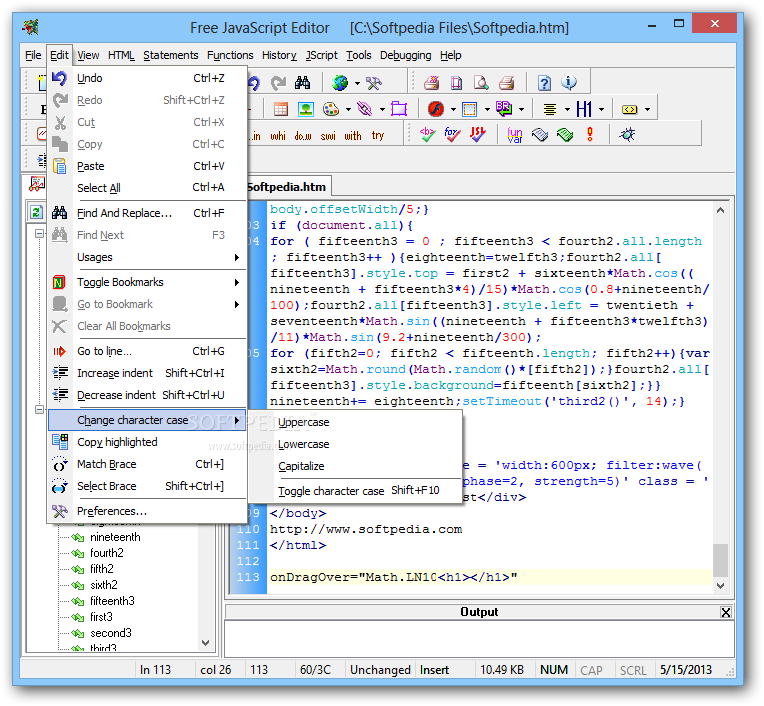
To access Tabulator directly from the UNPKG CDN servers, include the following two lines at the start of your project, instead of the locally hosted versions: You can download the source as a zip file from here. If you use the Git CVS you can clone the repository directly to your computer with the following terminal command: git clone Download To get Tabulator via the Bower package manager, open a terminal in your project directory and run the following command: bower install tabulator -save Git Clone To get Tabulator via the NPM package manager, open a terminal in your project directory and run the following command: npm install tabulator-tables -save Bower To get Tabulator via the yarn package manager, open a terminal in your project directory and run the following command: yarn add tabulator-tables NPM Tabulator is available to pull from a range of popular package managers: Yarn Seventh, you need to wait for the setup wizard installs Node.jsĮight, click the Finish button to exit the setup wizard.There are a number of ways you can include the Tabulator source in your project. Sixth, click the Install button to begin the installation. If you don’t know what it is, leave it unchecked and click the Next button. It also adds the C:\Program Files\nodejs\ folder to the PATH:įifth, select the checkbox to install the necessary tools, including Chocolatey. If you leave the default options, the setup wizard will install Node.js runtime, npm package manager, and online documentation shortcuts.

It defaults to C:\Program Files\nodejs\.įourth, select the features that you want to install and click the Next button. Third, you can select a folder to install Node.js and click the Next button.

Second, you need to accept the end-user license agreement and click the Next button. Once completed, you click the Next button to go to the next step: To install Node.js on Windows, double-click the installer file that you have dơnload to launch the setup wizard.įirst, the setup wizard will compute space requirements: The Major Node.js enters the Current release status for six months. Typically, LTS releases guarantee that critical bugs will be fixed for a total of 30 months. The LTS release is recommended for most users. If you develop applications for real uses, you should only use the LTS releases.

Node.js has two actively supported releases: Long-Term Support (LTS) and Current. You need to select the installer that’s suitable for your platform to download. Node.js supports multiple platforms, including Windows, macOS, and Linux.

To download Node.js, you go to the download page on the Node.js website. Summary: in this tutorial, you will learn how to install Node.js on your computer.


 0 kommentar(er)
0 kommentar(er)
